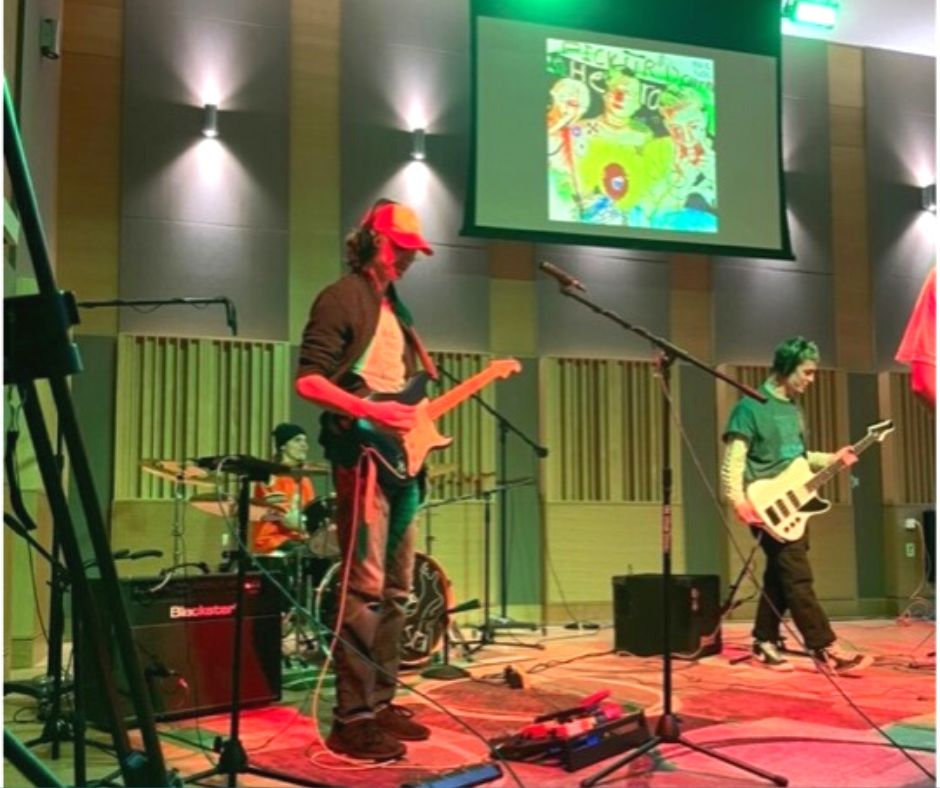The release of the silent film “The Artist” allows modern-day moviegoers a chance to experience film history.
“I’m hoping that those who see ‘The Artist’ will be motivated to explore silent films,” said Brett Holden, associate curator of the Gish Film Theater. “Introducing a new generation of moviegoers to film’s important, historic past is critical in my eyes.”
“The Artist,” which has earned 10 Academy Award nominations, including Best Picture, isn’t just a movie, but an opportunity.
“Not only does [‘The Artist’] open up opportunities for them to broaden their understanding and appreciation of film as an artistic medium, it helps encourage discussions about film as a complex, creative process, as well as a multi-billion dollar industry,” Holden said.
Mat Oleksiak, a junior, had positive things to say about the new silent film.
“I thought ‘The Artist’ was a pretty good movie,” Oleksiak said. “It was funny, and I liked how they tried to revive an older style.”
Actors during the silent era were making the transition from the theater stage to the silver screen, bringing along stage-oriented acting techniques, said Mark Bernard, instructor of theatre and film at the University.
The techniques were drastically different from the internalized methods used today. The combination of stage actors and silent restrictions produced a style of acting that focused on facial expressions and larger than life gestures for greater emphasis, Bernard said.
Actors in the world of film today have developed a style of acting that embodies real-life behavior rather than the dramatic theatrical methods silent actors were required to use.
On-screen intertitles, or text to explain plot details in silent films, allowed the viewer to follow the plot easier and also showcase the first glimpse of script writing in film, Bernard said.
The lack of sound did not inhibit filmmakers but allowed them to develop what Bernard refers to as “a grammar that was sophisticated and metaphors that relied on editing techniques.”
The combination of the lack of sound and addition of text requires more from the audience than what current moviegoers are accustomed to.
“It was always a struggle, with my Introduction to Film History students, to keep them engaged,” Bernard said. “They were constantly texting, which made it impossible to follow a film with no sound.”
Oleksiak found no trouble when watching “The Artist.”
“It wasn’t at all hard to follow; I used to be a film major so I’ve had experience with silent films,” Oleksiak said .
The Gish can offer students the option to view silent films on campus.
For more information on screenings visit www.bgsu.edu/gish.
“One of the films just might have a profound impact upon how [the audience] view film, themselves or maybe even our world in general,” Holden said.

















